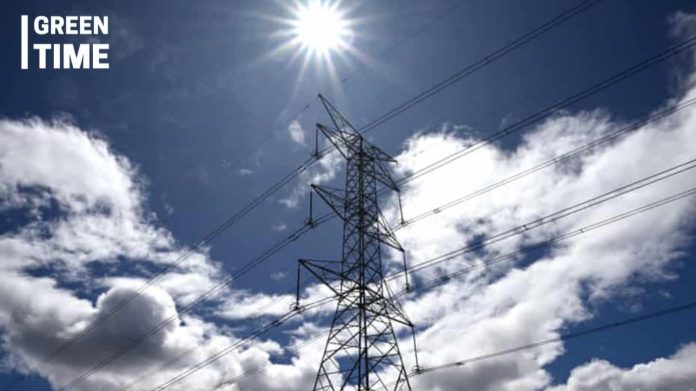Australia’s transition from coal-dominated power generation to a renewable energy-driven grid is on track, but its success hinges on timely investments in new infrastructure, according to a recent report by the Australian Energy Market Operator (AEMO). The report highlights the critical need for the rapid delivery of solar, wind, battery storage, pumped hydro, and transmission projects to maintain the reliability of the National Electricity Market (NEM), which serves the five eastern states and the Australian Capital Territory.
Daniel Westerman, AEMO’s Chief Executive, emphasized the importance of these investments being delivered “on time and in full.” He noted that while there has been substantial progress, any delays in the construction and commissioning of new renewable energy projects could result in reliability gaps, particularly during peak demand periods.
“We know the investment’s there,” Westerman said. “It’s just got to get delivered in generation, in transmission, in storage.”
The report underscores that Australia’s power grid, which is midway through a significant transformation, is increasingly reliant on renewable energy. Currently, solar, wind, and hydroelectric power contribute around 40% of the electricity on the east coast—double the proportion from just five years ago. The Albanese government has set an ambitious target to increase this to 82% by 2030.
However, the transition is not without challenges. The clean energy industry has warned of a sharp slowdown in investment in new large-scale renewable energy projects in 2023. Financial commitments to solar farms have decreased by more than a third, and no new wind farms have been supported this year. This slowdown contrasts with robust investment in rooftop solar and both large and small battery systems.
In response, the government announced an expanded underwriting program for large-scale renewable projects, aiming to add 32GW of renewables and storage by 2030. This move is crucial to meeting the country’s energy needs as it phases out coal-fired generation. AEMO’s report forecasts that approximately 90% of the remaining coal-fired power plants are expected to close by 2035.
Westerman highlighted that there had been significant progress, with the amount of approved generation capacity nearly doubling last financial year—from 6.9GW to 12GW. However, to meet the government’s 2030 target, Australia needs to install an additional 6GW annually.
The report also noted that while there is generally a surplus of power generation throughout the year, demand spikes during the extreme heat of summer. The reliable operation of existing coal, gas, and renewable plants will be crucial in ensuring that the grid can meet these demands.
To manage potential low reserve conditions this summer, AEMO has issued a tender for off-market backup electricity reserves in Victoria, NSW, and South Australia. This backup is expected to come from demand management, where major energy users are paid to reduce consumption during peak demand periods.
Dylan McConnell, an energy systems researcher at the University of NSW, summarized the report’s central message: “If we build all of the things without delays, everything’s fine.” However, he cautioned that reliability could be tight if projects are not completed on schedule, particularly with concerns about the coming summer.
Australia’s journey towards a renewable energy future is clear, but the path is fraught with challenges that must be navigated carefully to ensure a stable and reliable energy supply.

